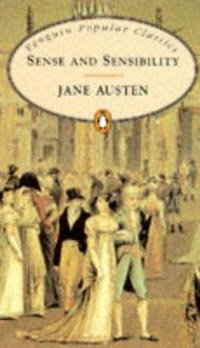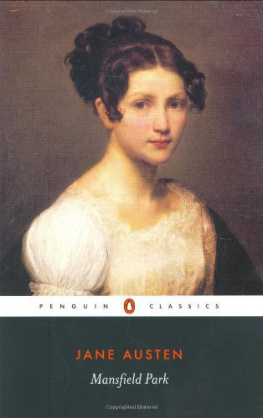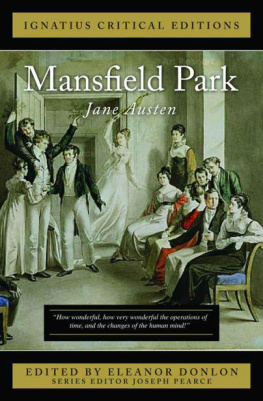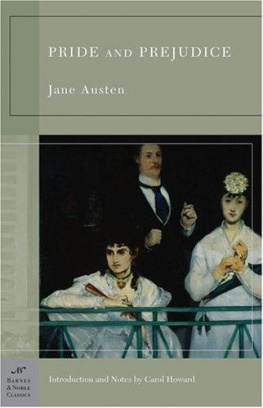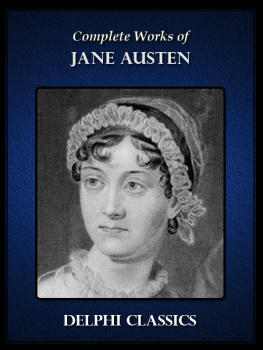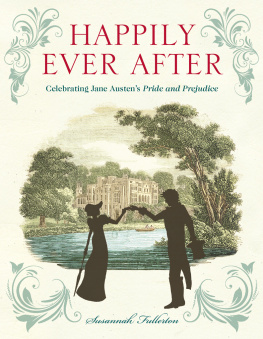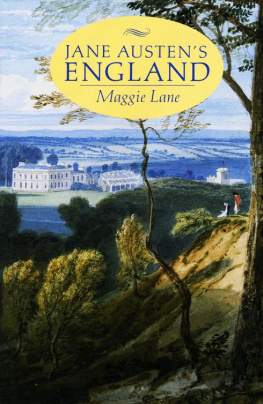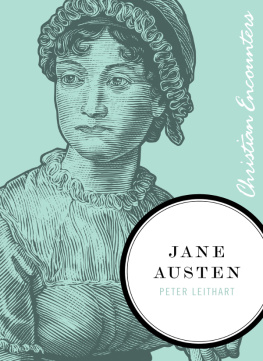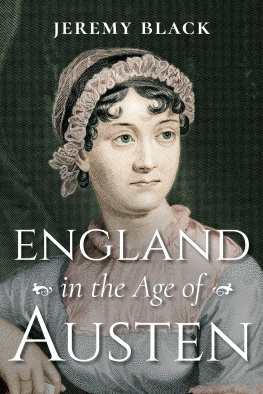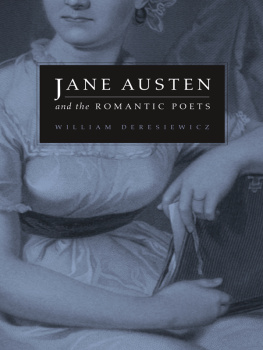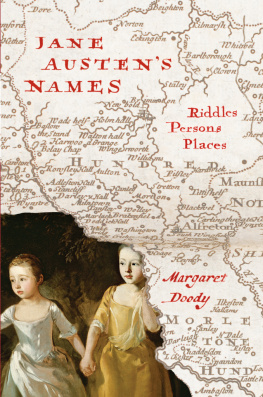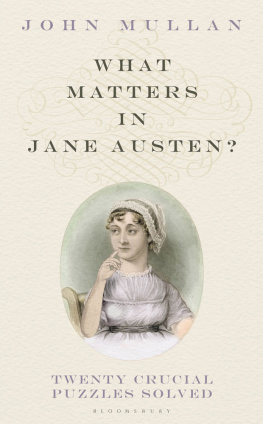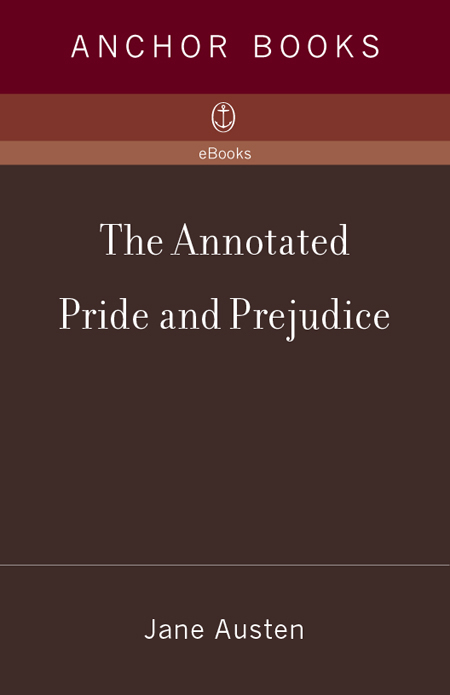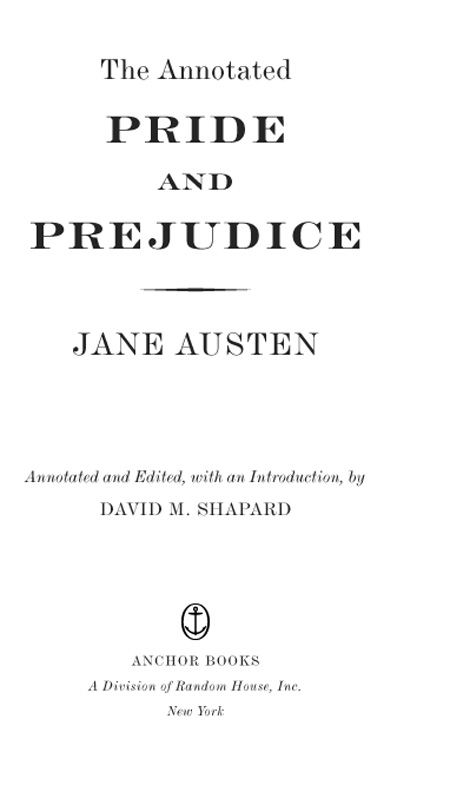Notes to the Reader
The Annotated Pride and Prejudice contains several features that the reader should be aware of:
Plot disclosures: a number of annotations allude to later developments in the story, as does the introduction. Such allusions are essential to making a variety of points, but they can spoil the surprise for anyone unfamilar with the story. First-time readers might therefore prefer to read the text of the novel first, and then to read the annotations and introduction.
Literary interpretations: the comments on the techniques and themes of the novel, more than other types of entries, represent the personal views and interpretations of the editor. Such views have been carefully considered, but nevertheless they will inevitably provoke disagreement among some readers. I can only hope that even in those cases, the opinions expressed provide useful food for thought.
Differences of meaning: many words then, like many words now, had multiple meanings. The meaning of a word that is given at any particular place is intended only to apply to the way the word is used at that point in the text; it does not represent a complete definition of the word in the language of the time. Thus some words are defined differently at different points, while many words are only defined in certain places, since in other places they are used in ways that remain familiar today.
Repetitions: this book has been designed so it can be used as a reference. For this reason many entries refer the reader to other pages where more complete information about a topic exists. This, however, is not practical for definitions of words, so definitions of the same word are repeated at each appropriate point, except in cases when such definitions are extremely close together.
Acknowledgments
I would first like to thank my mother and my sister and brother-in-law, Mara and Steven Elliott, whose many kind offices have proved invaluable in the preparation of the manuscript and the completion of this project.
I would also like to thank the citizens of the Republic of Pemberley, who formed one of the inspirations for my decision to embark on the project in the first place, and whose questions and discussions concerning Jane Austen and Pride and Prejudice have stimulated my thinking and helped direct me to issues and points in the novel that deserve explanation or commentary.
Finally, I would like to thank the staff of the Bethlehem Public Library and the New York State Library, who have helped me procure many of the materials essential for my research.
Introduction
Pride and Prejudice has always held a special place among Jane Austen's novels. She herself called it my own darling child an endearment that goes beyond what she said about any of her other works. It is the work that attained the greatest popularity in her own day, that became known as the quintessential Jane Austen novel as her reputation grew, and that is still her most widely-read book.
Its roots lie in the writings of Jane Austen's youth. She was born on December 16, 1775 in the English county of Hampshire, just west of London. Her father, George Austen, was a clergyman, and her mother, Cassandra Leigh Austen, came from a family of landed gentry and clergy. Jane was the seventh of eight children, six of whom were boys. The family was one that valued education highly and loved books, and that always encouraged Jane Austen's own literary efforts, which commenced at thirteen with short, highly comical sketches. As she matured she wrote longer fictional pieces, including unfinished fragments of novels, that reveal her interest in human character. In 1795, at the age of 19, she wrote her first complete novel, Elinor and Marianne (the later Sense and Sensibility). This was followed in 1796-97 by First Impressions (the first version of Pride and Prejudice): it pleased her and her family enough that they sent it to a publisher; he, however, rejected it. No copy of


